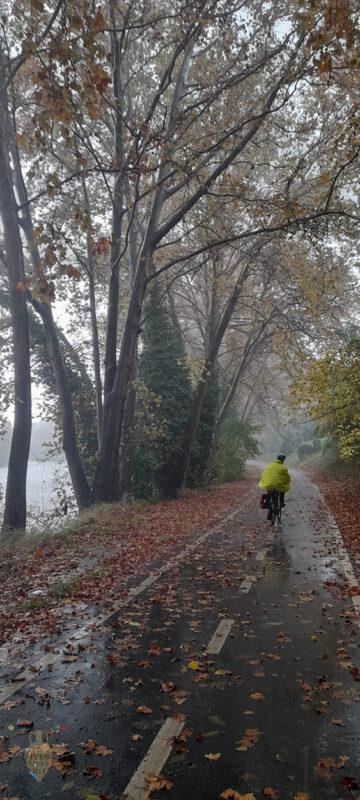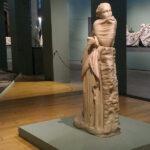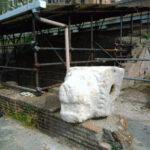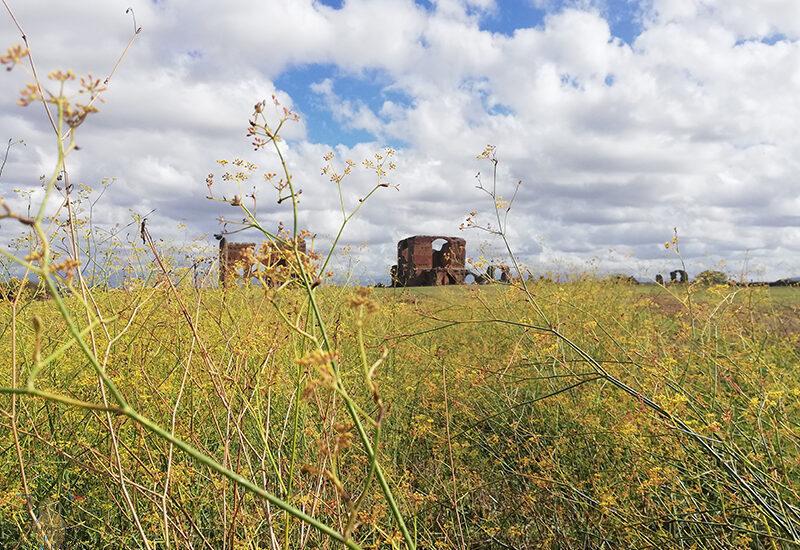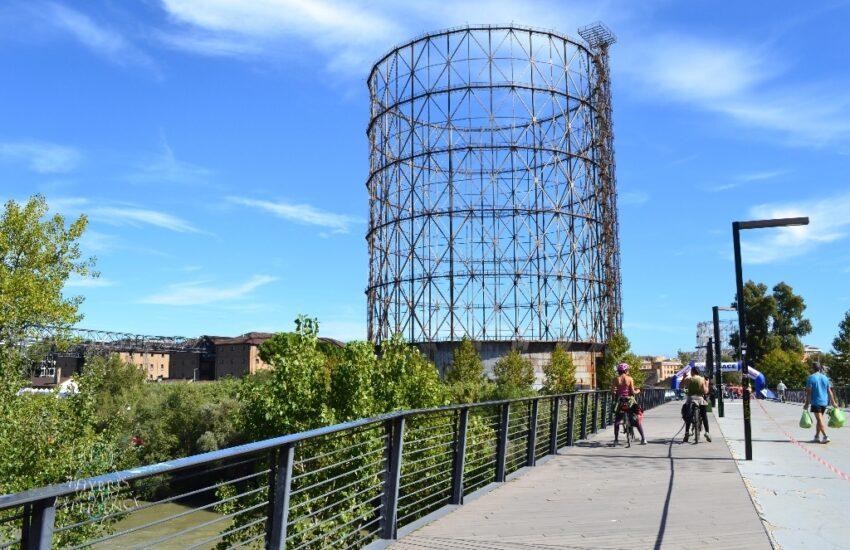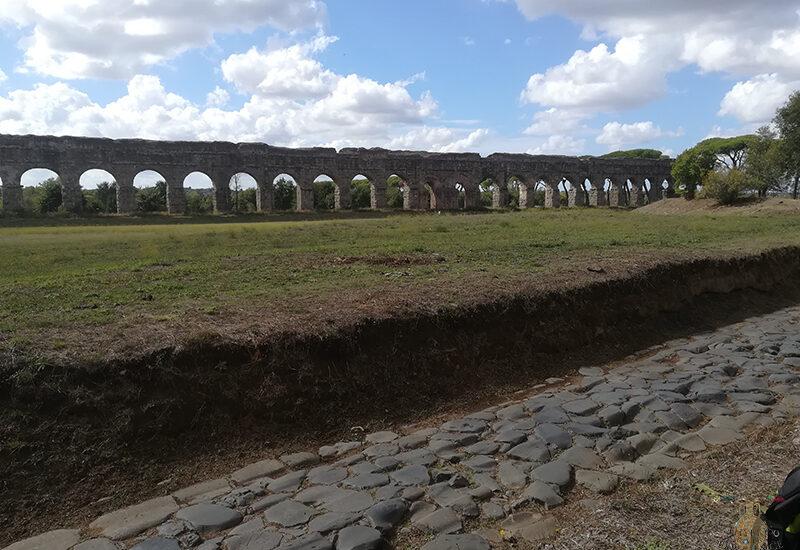The Tiber River in Rome – Egeria lands
The beginning – history and legends around the Tiber Island
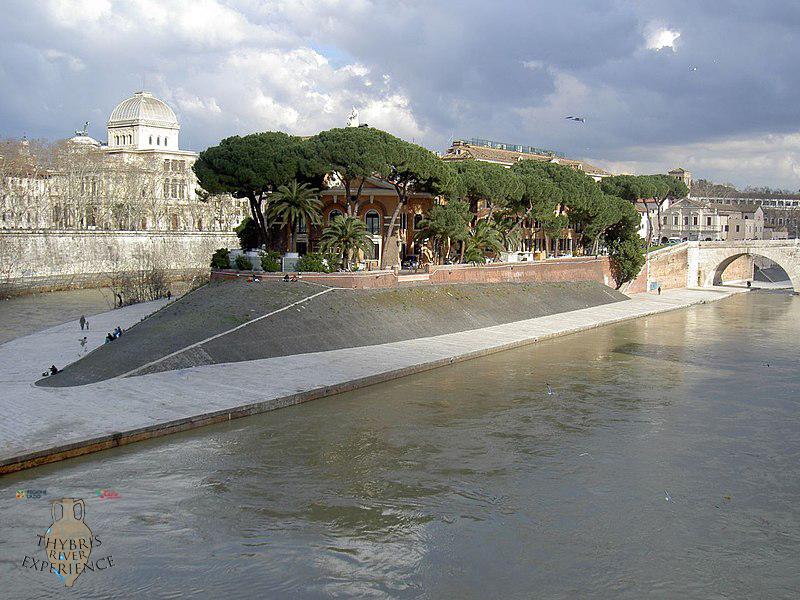
The blonde river is for sure the most important reason, thanks to which Rome was founded. Since the beginning of its long history, mixed with legends, the river transported the mythical twins, Romolus and Remus, founders of the first village. The so-called Rumon River became the first important communication channel connecting the internal regions to the Mediterranean coast. Local tribes, such as Etruscans, Falisci, and Capenati, from north to the coast, shared its riverbed, to exchange trade goods, tools, ceremonies, customs, and knowledge. Amongst these tribes, Etruscans are identified as the most important one in the entire area such that the last three Roman kings were Etruscan and according to tradition, they ruled Rome during the 4th century B.C.
The local Romans, having enough of them, successfully drove away the last King Lucius Tarquinius Superbus (Latin for “proud, arrogant, lofty”), after throwing in the river all the king’s private wheat, able to create the island. This story, even if it is just a legend, recalls the former use of this volcanic island as a granary, since ancient times.
Anyway, this is not the only legend about the famous island. In the 3rd century B.C. to save the city from a plague Romans transported the medicine God‘s statue, Asclepius from Greece to Rome. While the ship was approaching Rome, a snake, connected with this God, came out from the cargo hold and the Romans gave a ship-shape to this island to recall the event. When the plague was over a temple for the Roman God Asclepius was created.
Tiber Island was the only connection between the two river banks for so many centuries. The river was considered indeed a natural border to divide Romans from foreigners. The first wooden bridges were substituted by permanent structures just in the 1st century B.C. with the still preserved Fabricius Bridge.
Marble, trade goods, food, and spices, added to the salt transport, found their way to get Rome through the river along the Roman Empire.
The Tiber River in the Middle Ages: markets, milestones and… drinkable water
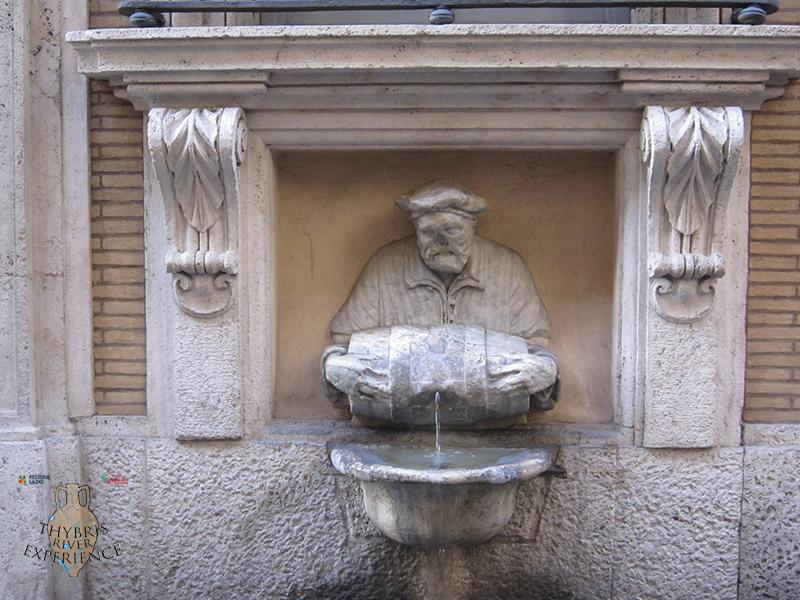
Between 6th and 8th century A.D, due to the first barbarian raids, Romans came back to drink water from the Tiber River, as they use to do before the construction of their aqueducts. The most incredible water engineerings made by Romans were indeed seriously damaged during those invasions. All public fountains and baths became useless and people started living by the River in search of water. This water wasn’t so healthy if we consider that the Tiber River was even used as a sewer. A new fundamental job was then created and the Acquaioli, water-porters, became necessary. Their job consisted in collecting and decanting water before distributing it to the population thanks to the donkeys’ help. The river was quite often a barrier for all those people who lived by its banks, especially considering the few Roman bridges left. Ferrymen were so common, without counting all those washwomen working every day along the river.
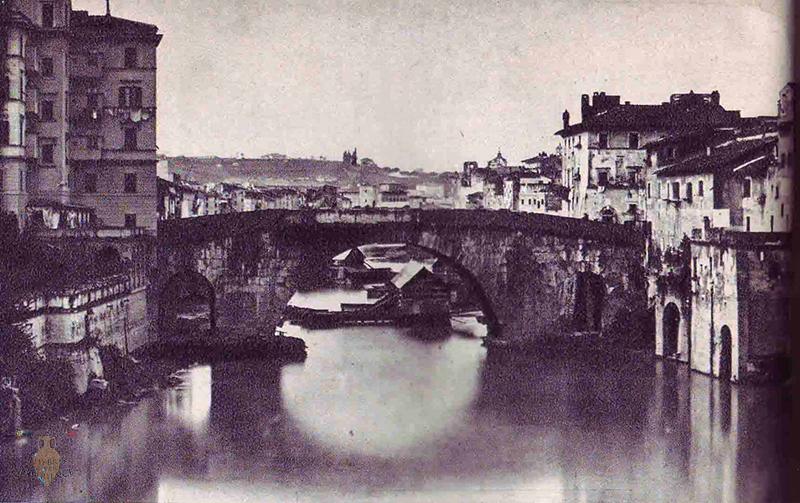
The Tiber River was even used as an engine for all those flour millstones and of course, to transport wheat in and out of Rome. Many floating rafts were docked along the banks. Their presence allowed a flour production of 4500 kg a day.
Moreover, the Tiber was used as an important fish supply. During the night fish was carried into tanks before being sold in the morning in the most famous fish market nearby the ruins of the Porticus Octaviae. On the façade of this majestic monument, built under Augustus, is still possible to see a copy of an inscription, according to which the most exquisite fish portions (heads and the first pins) had to be sold to the wealthy.
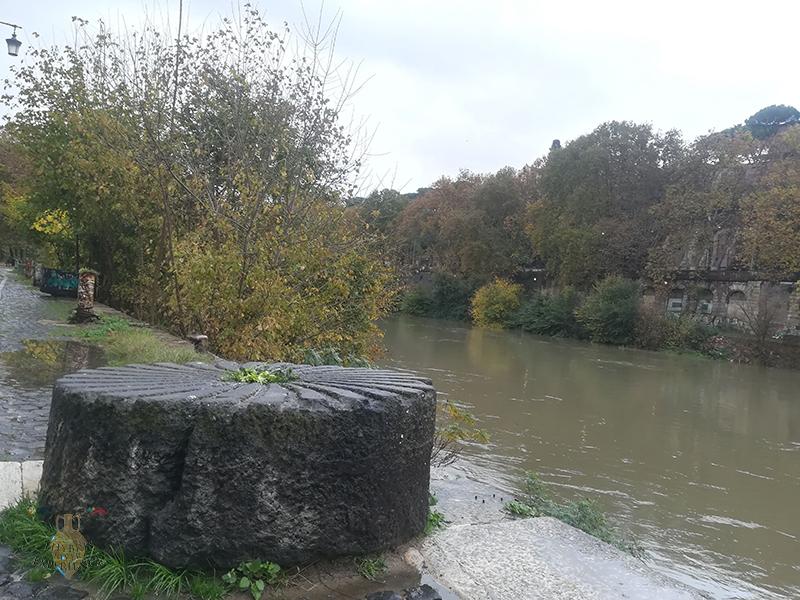
The Tiber River promoted so many artisanal activities such as farm animals, tanners, and dyers. All these jobs were considered poor employment but they supported an incredible life along the river. The presence of many tanners along the river created one of the most famous roman dishes: coda alla vaccinara, i.e. cow tail. Those tanners after skinning cattle received in exchange the less selected portions like skin and tails, used today in Roman traditional cuisine. Roman tanners were devoted to S. Bartholomew and their church was built on the Tiber Island, substituting the medicine God Asclepius temple, in the 10th century.
The Tiber River in the Renaissance- rich and papal families and the Jewish Ghetto
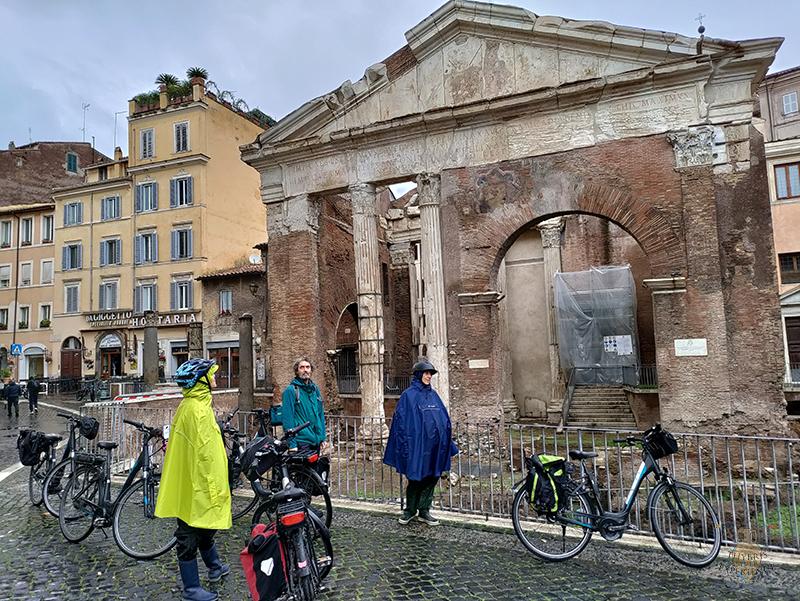
At the end of the 14th century, Pope Sixtus IV added a new bridge to connect the two river banks, and a new interest around the Tiber River was born. During the 16th century, between the Roman Ponte Sant’Angelo, originally the Aelian Bridge or Pons Aelius, and the recent Sixtus Bridge, papal and rich families commissioned streets, public offices and private residences (i.e. Papal courthouse in via Giulia and Farmesina in via della Lungara) to the most famous artists in Rome, such as Bramante, Baldassare Peruzzi, Raphael, and Giulio Romano.
In 1598, an exceptional flood devasted the area around the river and some Popes decided to invest in new areas. They restored and built aqueducts to populate them and they were able to bring people back to drink water from new public fountains.
Popes kept using the river as an important channel to move goods and the old big port Ripa grande, was later supported by a new one. In the 18th century, Ripetta Port was made to move and sell timber and building material from the northern region to Rome.
At the time the Tiber counted 8 ports.
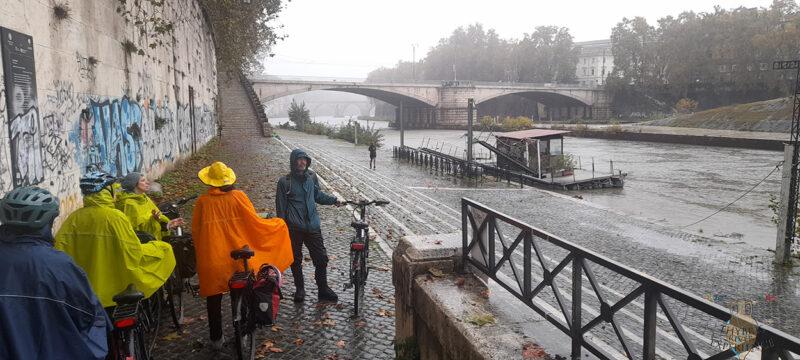
If the wealthy moved their houses on top of hills, to avoid recurring floods, the poorest continued to live along the banks where many apartments were built. In the mid-16th century along the left bank of the river, close to the Tiber Island, the Jewish Ghetto was created. For more than 300 years, Jewish lived locked by a wall, close and divided by the river. Along the bank, the poorest houses were made one above the other one, reaching 7 floors to avoid floods. Those houses were connected one each other thanks to wooden structures, to allow the overcrowded population to find escape paths.
In 1870, a few months after Rome’s annexation to Italy, another devastating flood took place. Pope Pius IX shout out a divine punishment against the Italians. A few years after ports, milestones, the Jewish ghetto, and all those houses and infrastructures along the river were demolished to embank the Tiber River. Two long and tall embankments were made along the riverbed to prevent new floods and River started appearing as a tie creature. The strong and long-lasting relationship between the Romans and the Tiber River was interrupted. Romans didn’t navigate it anymore. Many new bridges were built just to cross it, and milestones and ports stopped being necessary and they were destroyed.
Anyway, it is possible to live on the Tiber again, searching for one of those ramps or stairs you can abandon the modern street level and you can walk or cycle along the right bank to see Rome from an incredible point of view. You can even stand on Tiber island. What if it rains? In the northern region, two dams were built to prevent Rome to be underwater… anyway, you can take refuge below one of those all-new bridges or ask the help of the water nymph Egeria to who we dedicated these lands guided itineraries.
